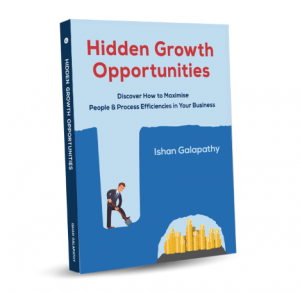I was at my local shopping centre car park recently and noticed that the centre management had erected two traffic bollards to prevent cars from turning into the main car park area directly. They are trying to force the traffic go in another direction. They have tried other tactics before, like posting no entry signs and arrows on the floor. However, the new traffic flow doesn’t feel right. This is perhaps why I observed many drivers still trying to turn into forbidden lane, ignoring the newly installed bollards.
You could say that old habits die hard, or people are change resistant – and I agree. Change management has been a focus for over 100 years now. Elton Mayo conducted the famous Hawthorne study around the 1920s demonstrating connection between the human factor in organisational productivity and psychological & environmental changes in workplace. Then around 1940s, Kurt Lewin, often called “father of modern social psychology,” came up with the “Unfreeze-Change-Refreeze” model. Since then, there have been notable others such as W. Edwards Deming, Peter Senge, John Kotter, to name a few, who have vastly contributed to this topic.
No matter which model you look at, in its most simplistic form, the aim is to change people’s behaviours and to do it in the most collaborative and productive way. That’s it.
However, in businesses, we often seem to miss the collaborative part. We kind of do, but not to the level that we should. We try to obtain people’s ‘buy-in’ through consultation, which is great. However, rarely do I see their true involvement in the process.
We may have work practices that don’t make sense, much like the traffic flow I observed at our local shopping centre. We make it harder for people to do the right thing and then blame them for taking short-cuts.
I once observed a process of 15 min quality checks in a factory. When I flicked through the records, I could see that: 1) it was incomplete with many gaps and 2) most of the writing looked like the entire page had been completed at the end of the shift. When I questioned the accuracy of the records from site leader who was with me, there was a humble acknowledgement that the process is not working.
You don’t have to carry the entire weight of the factory on your shoulders by trying to fix everything and improve everything yourself. The art of unconscious productivity is to get people to do the right thing but make it feel natural. For that you need to get the people involved to establish what they feel is right and ready to embrace to deliver the outcomes you require.
A couple of questions to for you:
- How many processes, workflows and procedures can you observe that go against the natural flow?
- When trying to fix these, are you doing it for them or are you doing it with them?





